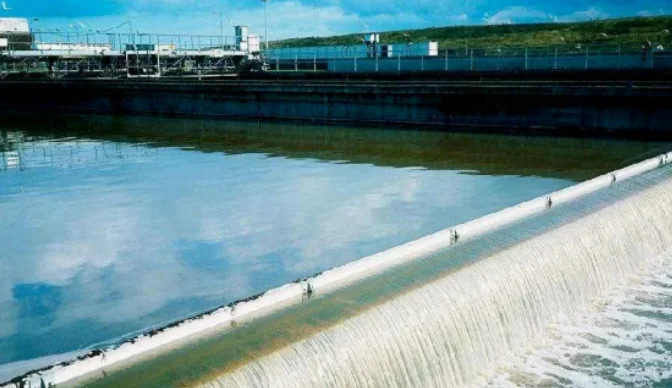In wastewater treatment, high total phosphorus (TP) is a common problem. If TP is not well removed, it can cause water pollution and algae growth. This article explains how phosphorus is removed, what common problems happen, and how to fix them. It can help workers in water treatment plants solve issues and improve results.
1. Main Steps to Remove Phosphorus: Release – Uptake – Sludge
In most biological systems, phosphorus is removed in three steps:
- Anaerobic release: Bacteria called PAOs (phosphorus-accumulating organisms) release stored phosphorus.
- Aerobic uptake: These bacteria take in phosphorus again when there is oxygen.
- Sludge discharge: The phosphorus in the bacteria is removed by taking out the sludge.
If any step fails, TP in the water will be too high.

2. Raw Water Problem: Hard-to-Break Organic Phosphorus
Some wastewater, like from factories or farms, has organic phosphorus. This kind is hard for bacteria to remove.
Solution:
- Use strong oxidation methods like ozone, Fenton, or UV + H₂O₂.
- Add strong oxidants like sodium hypochlorite or persulfate.
3. Release Problems: Not Enough Carbon, Too Much Oxygen, pH Issues
- Low organic carbon: Bacteria need carbon to release phosphorus. If it’s too low, they can’t do it.
- High oxygen: Oxygen breaks the anaerobic condition. Bacteria use up carbon too early.
- Bad pH: Best pH is 6.5–8. Too high or too low stops bacteria from working.
- Short time: If water moves too fast, there’s not enough time to release phosphorus.
Tips:
- Add carbon if needed.
- Adjust internal recycle flow to lower oxygen.
- Keep pH between 6.5–8.
- Make sure the release time is long enough (at least 1 hour).
4. Uptake Problems: Oxygen and Sludge Issues
- Low oxygen: Bacteria work slowly, can’t take in enough phosphorus.
- High oxygen: Bacteria can break down, and phosphorus is released.
- Low sludge: Not enough PAOs to take in phosphorus.
- High flow: Water moves too fast, not enough time to absorb phosphorus.
- Old sludge: Bacteria get weak with time, and may release phosphorus again.
Fixes:
- Keep oxygen level between 2–4 mg/L.
- Maintain sludge at 3000–5000 mg/L (MLSS).
- Control sludge age between 8–15 days.
- Use a good sedimentation tank to settle sludge well.

5. Sludge Discharge Problems: Too Late, Too Thick
- Discharge too late: Thick sludge can release phosphorus again.
- Old sludge: When sludge is too old, it starts to break down and release phosphorus.
- Poor settling: If sludge doesn’t settle well, it flows out with water and raises TP.
Solutions:
- Discharge sludge on time.
- Watch sludge age to avoid old bacteria.
- Control flow to prevent sudden high loads.
6. Chemical Removal: pH Affects Performance
Besides biological treatment, chemicals are often added to remove extra phosphorus. Common ones are:
- PAC (poly aluminium chloride)
- PFS (poly ferric sulfate)
- FeCl₃ (ferric chloride)
But if pH is too low, these chemicals don’t work well. Keep pH between 6.5–7.5 for best results.

7. Final Tips: Check All Points to Solve TP Problems
High TP can come from many causes: bad water, wrong process, or poor sludge control.
When TP is high, check:
- Does the water have hard-to-break organic phosphorus?
- Is there enough carbon in the anaerobic stage?
- Is oxygen at the right level in aerobic stage?
- Is sludge being removed on time?
- Are chemicals and pH working well together?
Only with full system control can we make sure the TP in water meets standards. This also helps avoid fines and saves money in the long run.
